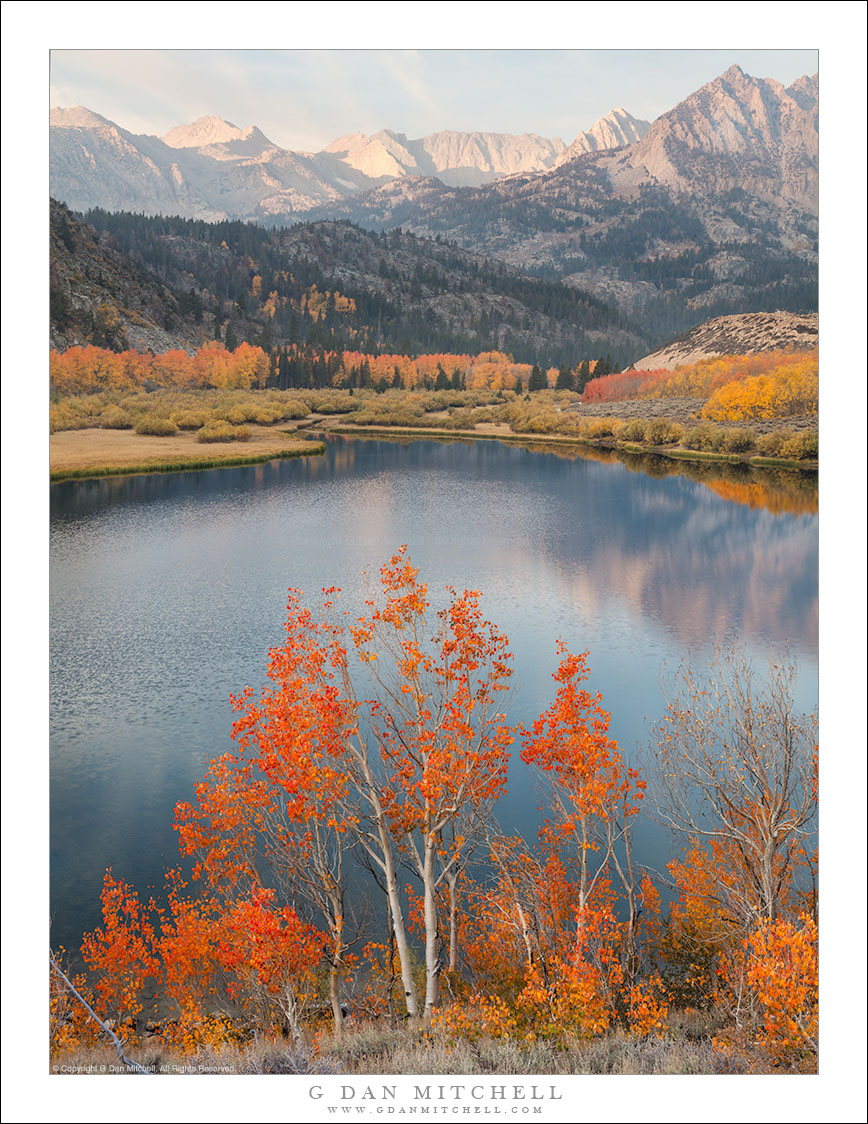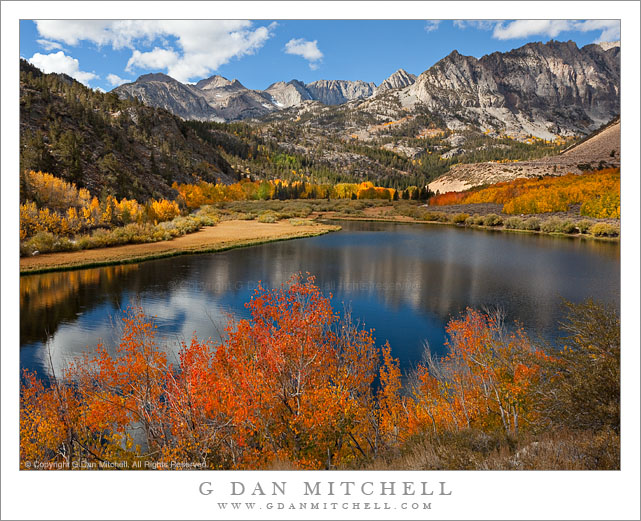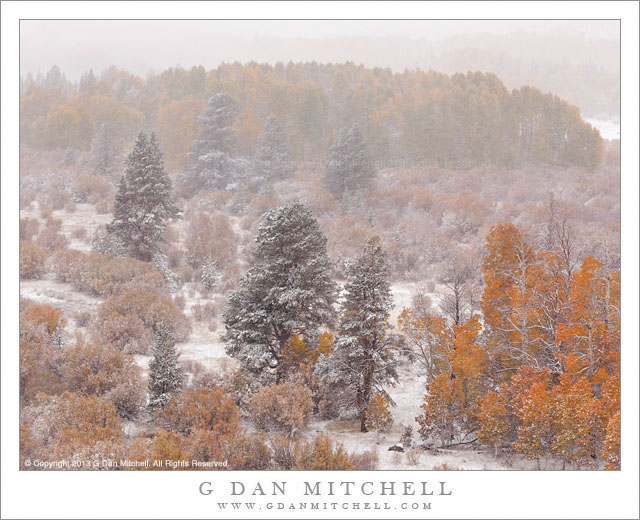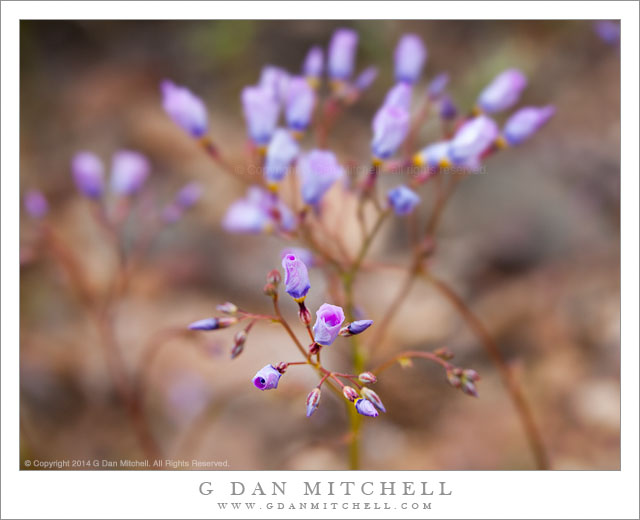It is that time of year again — my favorite season! This past week on walks here in the San Francisco Bay Are I have noticed the signs of the seasonal change. The sun is setting an hour earlier, our first (early!) Pacific weather front is arriving this weekend, some trees are starting to change colors, and the sound of old leaves skittering along the ground in the breeze is everywhere.

Fall color is more prevalent here in California than many realize. The earliest hints come to the high country of the Sierra Nevada in late August, when something in the air changes, corn lily plants turn yellow, the bilberry starts to pick up a bit of red, and you might even find an odd yellow aspen leaf here and there. Things pick up as we progress through September, and by the very end of the month it is often possible to start finding a few examples of good aspen color up high. Then the color works its way down to lower country, the valleys, and the coast over the following months. I’ve sometimes photographed “fall color” in the Central Valley as late as… January!
The main aspen color season in the Sierra peaks during the first half of October. It tends to start at higher elevations as early as the very end of September, becoming quite pronounced early in October, and working down to lower elevations into the third week of the month. If you can only go once, targeting your visit for about one week into the month is a good plan.
No one knows for sure how the season will evolve. Some things stay relatively constant from year to year, while others vary quite a bit based on temperature fluctuations, the amount of precipitation that fell during the year, whether or not early storms sweep through, and more.
I share annual updates on my Sierra Nevada Fall Color page at this website. I just posted this years first message there today — it is mostly some early thinking about how the season may evolve, along with a record of what has happened in some previous seasons. The latter may be useful as you plan your autumn color search in California.
One more thing: I may have something new to write about regarding fall color in a few weeks. Stay tuned…
G Dan Mitchell is a California photographer and visual opportunist. His book, “California’s Fall Color: A Photographer’s Guide to Autumn in the Sierra” is available from Heyday Books, Amazon, and directly from G Dan Mitchell.
Blog | About | Twitter | Flickr | Facebook | Email
Links to Articles, Sales and Licensing, my Sierra Nevada Fall Color book, Contact Information.
Scroll down to leave a comment or question. (Click this post’s title first if you are viewing on the home page.)
All media © Copyright G Dan Mitchell and others as indicated. Any use requires advance permission from G Dan Mitchell.




